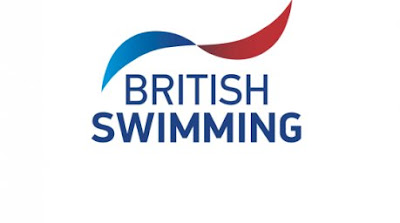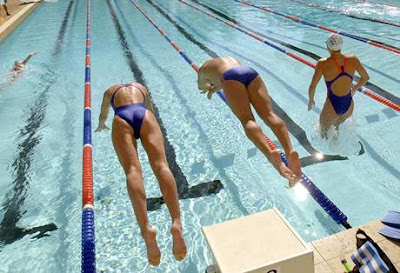Stress is experienced when an individual feels that they cannot cope with a situation with which they are presented. If an athlete is in a stressful situation then their athletic performance, whether this be in competition or in training, will be effected. The coach can limit the effect on performance of competitive anxiety by assisting the athlete to identify an appropriate coping strategy.
There are many aspects of an athlete's life that can be stressful at certain times. This may arise because of commitments in the areas of work, study, sport or family/social life. When commitments in a number of areas coincide then the effect can be stressful which may result in commitments being compromised or in worse case situation their health being affected. You need to consider these areas when planning your annual training program. By planning we can reduce the level of stress that we (as a swimmers or a coach) will encounter.










.jpg)
































